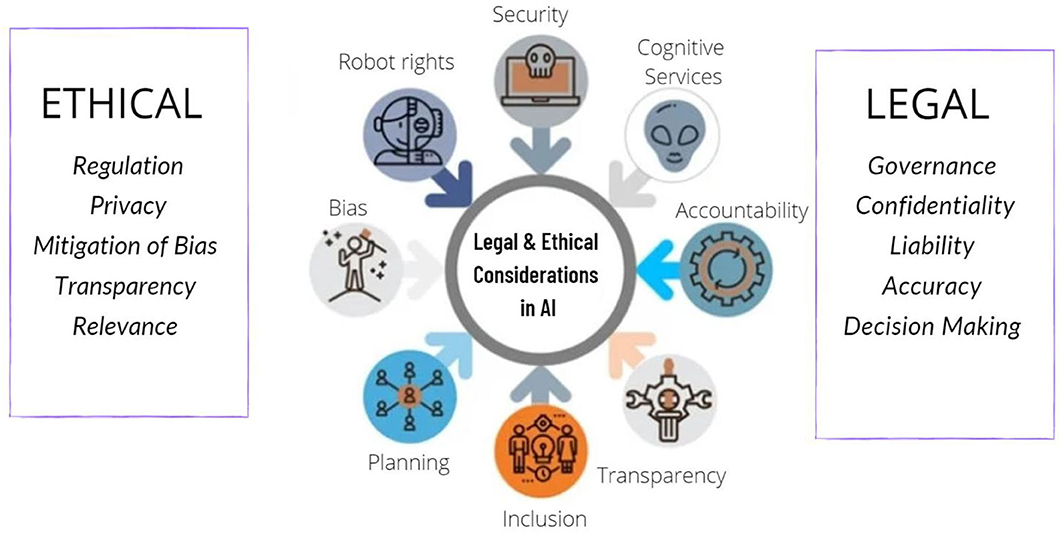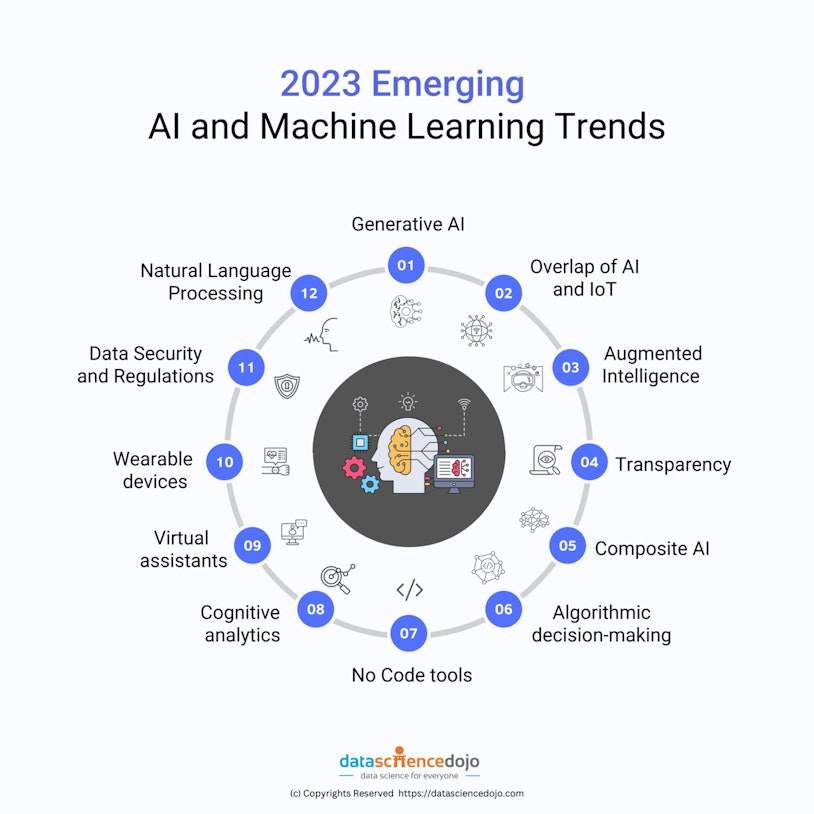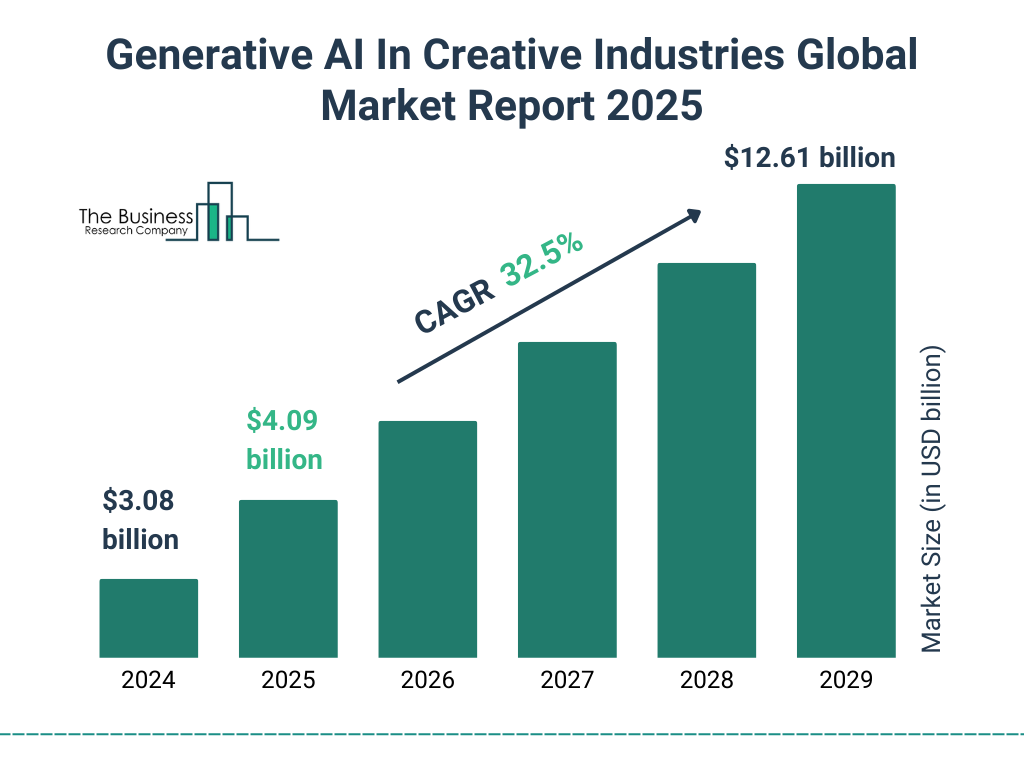How AI Can Transform Creative Workflows for Maximum Efficiency
The integration of Artificial Intelligence (AI) into creative workflows is reshaping the landscape across various industries, enhancing productivity while preserving human creativity. AI tools such as Adobe Sensei and Canva AI assist creative professionals by automating repetitive tasks, streamlining processes, and improving overall efficiency. The relevance of AI in creative sectors lies in its ability to analyze large data sets, provide actionable insights, and facilitate informed decision-making, allowing professionals to focus on their core creative functions.
Research indicates that 91% of U.S. advertising agencies are either currently utilizing or exploring AI technologies in their operations. Additionally, 61% of marketers believe that AI should always be disclosed in creative efforts. These statistics demonstrate a clear trend toward adopting AI solutions as creative teams strive to merge operational efficiency with innovative capabilities.
This infographic illustrates the growth of generative AI in creative industries and its projected impact on operational efficiency (Source: The Business Research Company)
Embracing AI Tools: Which Ones Are Boosting Creative Output?
Several AI tools have emerged to enhance workflow efficiency in creative environments. Adobe Sensei, for example, integrates machine learning across Adobe’s suite to provide intelligent features like automated video editing and predictive analytics. Similarly, Canva AI offers users advanced design suggestions based on their input, enabling even non-professionals to create visually appealing content quickly.
Runway ML serves as an advanced AI video editing platform that emphasizes collaboration and streamlined processes. A small marketing agency in San Francisco reported a 40% increase in content output and a 25% reduction in time spent on initial drafts by employing these AI tools, showcasing the tangible benefits that technology can bring to creative workflows.

This image compares various AI tools' interfaces and functionalities, highlighting their strengths and weaknesses in creative processes (Source: Reddit)
AI and Human Creativity: Can They Coexist?
As creative professionals increasingly adopt AI, an important concern arises: how can they maintain their creative essence while leveraging these technologies? Many industry leaders argue that AI should enhance, rather than replace, human creativity. Ben Williams, the global chief creative experience officer at TBWA, explains that AI can generate around 80% of the initial work, allowing creatives to focus on refining and adding their unique touch.
Real-world implementations from various agencies demonstrate that it is possible to successfully merge AI tools with human creativity. By utilizing AI for repetitive tasks, professionals can devote more time to ideation and conceptualization, fostering an environment that thrives on innovation.

This image captures a creative team collaborating and brainstorming with the assistance of AI tools (Source: Freepik)
Navigating the Challenges of AI Integration in Creative Teams
Despite the numerous benefits, integrating AI into creative teams poses notable challenges. Ethical considerations surrounding copyright and transparency are particularly critical. According to a 2023 report from the McKinsey Global Institute, it is estimated that up to 30% of hours worked globally could be automated by 2030, leading to concerns about potential job displacement within the creative sector.
Furthermore, the complexities surrounding the ownership rights of AI-generated content can present difficulties for agencies. Legal frameworks are still catching up with technological advancements, leading to uncertainty about how to properly attribute credit for creative work. Agencies must find a balance between maintaining transparency with clients while ensuring that creative professionals feel valued and secure in their roles.

This diagram illustrates the ethical considerations and challenges creative agencies face when integrating AI into their workflows (Source: Frontiers in Surgery)
Realizing Productivity Gains with AI: What the Numbers Say
Numerous metrics indicate significant productivity gains associated with AI integration in creative workflows. For example, developers using AI have been shown to complete 126% more projects per week than those who do not utilize these tools. A marketing agency that employed AI for content creation reported a remarkable 40% increase in output and a substantial reduction in time spent on initial drafts.
Comparative studies also reveal that documents created with AI assistance received higher quality ratings than those produced without. These findings underscore the profound impact that AI technology can have on enhancing creative output and operational efficiency.
This graph compares productivity metrics before and after integrating AI tools, showcasing improvements in creative output (Source: ResearchGate)
Best Practices for Managing AI-Assisted Workflows
Effective management of AI-assisted workflows requires specific strategies. Implementing robust version control systems is essential to track changes and ensure that creative teams can collaborate seamlessly. Additionally, training for team members on how to effectively leverage AI technologies is crucial, empowering individuals to maximize the efficiency of these tools.
Adopting a hybrid model that values both human creativity and AI efficiency can lead to a more productive work environment. This approach encourages teams to embrace AI technologies while maintaining their distinct creative styles, resulting in an environment conducive to innovation.

This flowchart presents a straightforward guide on managing AI-assisted workflows effectively, breaking down the steps involved (Source: Website Files)
Client Perceptions: How AI Influences Agency Relationships
The integration of AI tools has significantly influenced client perceptions, which in turn affects agency relationships. A study has found that 57% of clients prefer human-generated content over AI-generated alternatives, indicating a level of skepticism regarding the capabilities of AI in the creative process. Clients increasingly expect agencies to utilize AI to improve efficiency while communicating its use transparently.
Moreover, many clients anticipate lower costs when AI is involved, prompting shifts in contract negotiations between agencies and their clients. This evolving dynamic requires transparency and a collaborative spirit to build trust as the landscape continues to change.

This bar chart compares client trust levels in AI-generated content versus human-generated content, highlighting generational differences in trust (Source: ServiceNow)
Conclusion: The Future of Creativity in the Age of AI
The integration of AI in creative practices presents both challenges and opportunities for the future. Organizations must recognize AI as a powerful tool that can enhance rather than compete with human creativity. Continuous skill development and adaptation to emerging technologies will be crucial for creative professionals.
As the creative landscape evolves, ethical considerations will play a vital role in shaping discussions around AI. Embracing AI while maintaining transparency and fostering human creativity will be essential for successfully navigating this transformative period. The collaboration between AI and human professionals holds the promise of redefining the creative process, paving the way for new practices that enhance productivity and innovation.

This image visually represents upcoming trends and the integration of AI within creative workflows, establishing a forward-looking perspective (Source: DatoCMS)
This case study highlights the synergy between creativity and operational efficiency through collaborative AI workflows. By adopting AI tools and addressing the challenges associated with their use, creative professionals can enhance productivity while fostering innovation within their teams. The future holds a collaborative environment where AI acts as a supportive partner in the creative process.

Comments (0)
Sign in to participate in the discussion or .